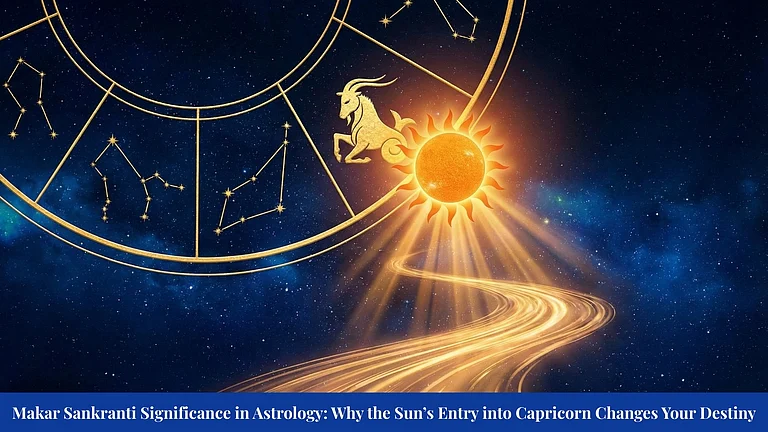The Sun, our closest star, boasts a powerful magnetic field responsible for creating sunspots and unleashing solar storms. These storms recently illuminated the night sky with stunning auroras visible from various parts of the world. However, the process behind the generation of this magnetic field has puzzled scientists for centuries, dating back to Galileo's first sunspot observations in the early 1600s.
In a study published Wednesday in the journal Nature, researchers have proposed a new theory about the Sun’s magnetic field. Unlike previous theories that assumed the magnetic field originated deep within the Sun, this new model suggests that the source is much closer to the surface.
This discovery could significantly enhance our understanding of the Sun's 11-year cycle and improve the accuracy of space weather forecasts. These forecasts are crucial as solar storms can disrupt GPS and communication satellites, though they also produce beautiful auroras.
“This work proposes a new hypothesis for how the Sun’s magnetic field is generated that better matches solar observations,” said Daniel Lecoanet, an assistant professor at Northwestern University. “We hope it could be used to make better predictions of solar activity.”
Sunspots are key indicators of the Sun's activity, serving as the starting points for explosive flares and ejection events that release light, solar material, and energy into space. The recent solar storm suggests that the Sun is nearing its "solar maximum," the peak of its 11-year cycle marked by the highest number of sunspots.
“Because we think the number of sunspots tracks with the strength of the magnetic field within the Sun, we think the 11-year sunspot cycle is reflecting a cycle in the strength of the Sun’s interior magnetic field,” Lecoanet explained.
To understand the Sun’s magnetic field, scientists use mathematical models, as these magnetic lines are challenging to observe directly. The new model developed by Lecoanet and his team considers torsional oscillation—a phenomenon involving magnetically driven flows of gas and plasma within and around the Sun.
These oscillations, which influence sunspot formation, follow an 11-year cycle similar to the solar magnetic cycle. “Solar observations have given us a good idea of how material moves around inside of the Sun,” Lecoanet said. “For our supercomputing calculations, we solved equations to determine how the magnetic field changes within the Sun due to the observed motions.”
Their findings revealed that magnetic fields could be generated about 20,000 miles below the Sun’s surface, much closer than the previously assumed depth of around 130,000 miles. “Our new hypothesis provides a natural explanation for the torsional oscillations that is missing from previous models,” Lecoanet noted.
Unraveling an Astrophysical Enigma
A significant part of this breakthrough was developing new numerical algorithms to perform the necessary calculations. Geoff Vasil, a professor at the University of Edinburgh and lead author of the study, initially conceived the idea 20 years ago. However, it took over a decade to develop the algorithms and required NASA’s powerful supercomputers to run the simulations.
“We have used around 15 million CPU-hours for this investigation,” Lecoanet stated. “If I had tried to run the calculations on my laptop, it would have taken me about 450 years.”
Ellen Zweibel, a professor of astronomy and physics at the University of Wisconsin-Madison, praised the study in a commentary published alongside the report. Although not involved in the study, Zweibel acknowledged that the team had introduced “a provocative ingredient to the theoretical mix that could prove key to unravelling this astrophysical enigma.”
The research opens new avenues for understanding the Sun’s magnetic field, potentially leading to more accurate predictions of solar activity and better preparedness for space weather events.




























